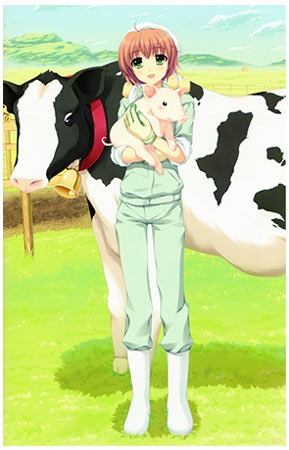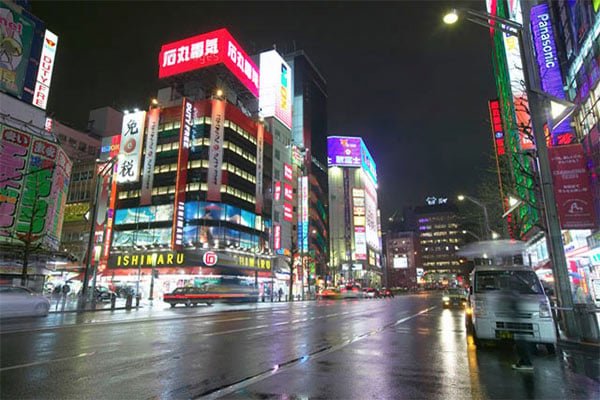Like all countries, agriculture is important to Japan, and a large number of people are involved with various types of farming here. Although the amount of farmland in Japan is comparatively small, just 13% of the country compared with 40% of the U.S., it’s intensely farmed, with a crop of rice grown in the summer followed by a crop of wheat or soybeans in the late fall. The Japanese consider food self-sufficiency to be an important national goal, no doubt due to the starvation they experienced during and after World War II, and large swaths of land are designated as farmland that cannot be developed for any other purpose. (This includes where J-List is located, though we were able to re-zone our land so that we could build our office. As a result we’re surrounded by rice fields on all sides, which is quite funny for such a high-tech company.) One of the biggest differences between farming in Japan and America is the scale: while a few mega-corporations tend to dominate U.S. agriculture, most farming is done on a family level, or by very small companies.
When I was in the Atlanta area, I drove out to visit my brother and his wife, who run a farm raising various kinds of livestock including pigs, sheep, rabbits and free-range chickens. I was impressed by what I saw: a sustainable, efficient farm that made use of all available resources and had very little negative impact on the Earth. Best of all, they’re able to harness the power of the Internet to reach out to customers who want to buy their organically-grown and all-natural products in ways that are similar to how J-List uses the Internet to connect with our customers. This kind of innovation is harder for Japanese farmers, in part because farming in Japan is managed from the top down, with most crops bought and sold by the government to stabilize prices. There’s the reality that most farmers in Japan are aged 60 or older, a hard age to learn new Internet tricks. There are some silver linings for farmers in Japan, however, including low taxes thanks to government policies that encourage people to keep farming the land. Also, many farmers are able to create valuable high-end crops that sell for fabulous prices, like those honeydew melons that go for $100 each (which are usually bought to give as gifts to others) or famous brand mangoes that are greatly sought after by consumers.

Farming in Japan is different from in the U.S.















